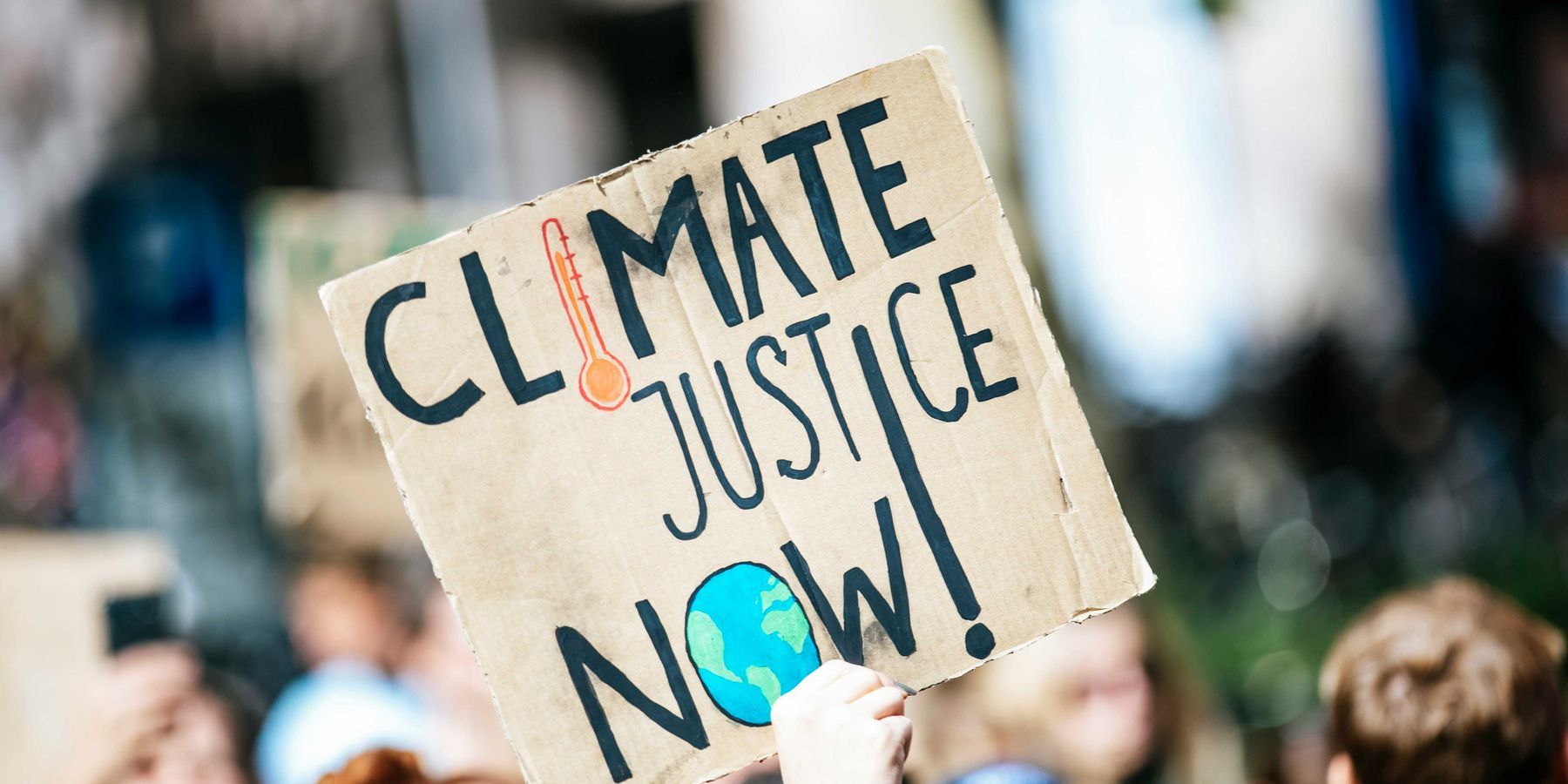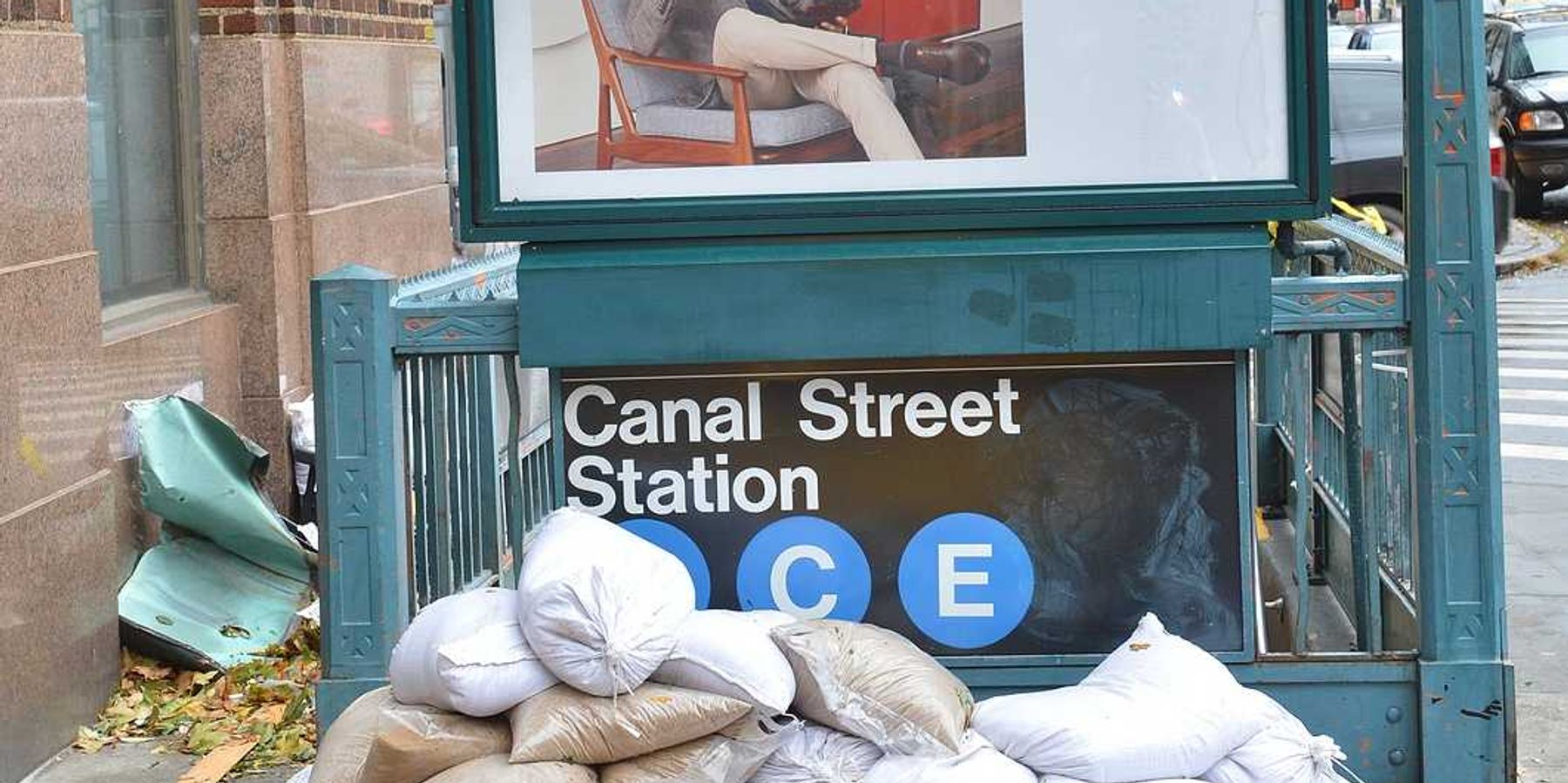Rising sea levels threaten Philadelphia’s drinking water supply
Fears are growing that seawater could contaminate drinking-water intakes serving millions in Philadelphia and southern New Jersey, as an interstate agency warns that existing measures to keep saltwater at bay may fail due to rising sea levels and worsening droughts.
Jon Hurdle reports for Inside Climate News.
In short:
- The Delaware River Basin Commission (DRBC) says its current water management plan may not prevent saltwater from creeping into drinking-water intakes near Philadelphia as sea levels rise.
- A report shows that local sea levels have been rising at more than twice the historical rate, with projections indicating further increases that could push saltwater dangerously close to key water sources.
- The National Oceanic and Atmospheric Administration, a key climate agency, faces major staffing cuts under the Trump administration, raising concerns about the accuracy and availability of future sea-level rise forecasts.
Key quote:
"Elevated sea level is the new normal. Then you layer on top of that a reduction in upstream water from a severe drought. Bigger rains keep downstream pressure on the salt front during a storm, but if the frequency of 30- or 60-day droughts continues or increases, then it’s countered."
— John Jackson, senior research scientist at the Stroud Water Research Center
Why this matters:
Rising sea levels and climate-driven droughts threaten the water supply for millions in Philadelphia and southern New Jersey. If saltwater infiltrates drinking-water intakes, it could corrode infrastructure, alter water taste, and pose health risks, particularly for those with sodium sensitivities. The problem extends beyond human consumption — an increasingly saline Delaware River could disrupt ecosystems, including fish migration and wetlands. Without effective management, the advancing "salt front" may make securing fresh water increasingly difficult.
Read more: The East Coast's slow descent into the ocean intensifies threats from sea level rise













